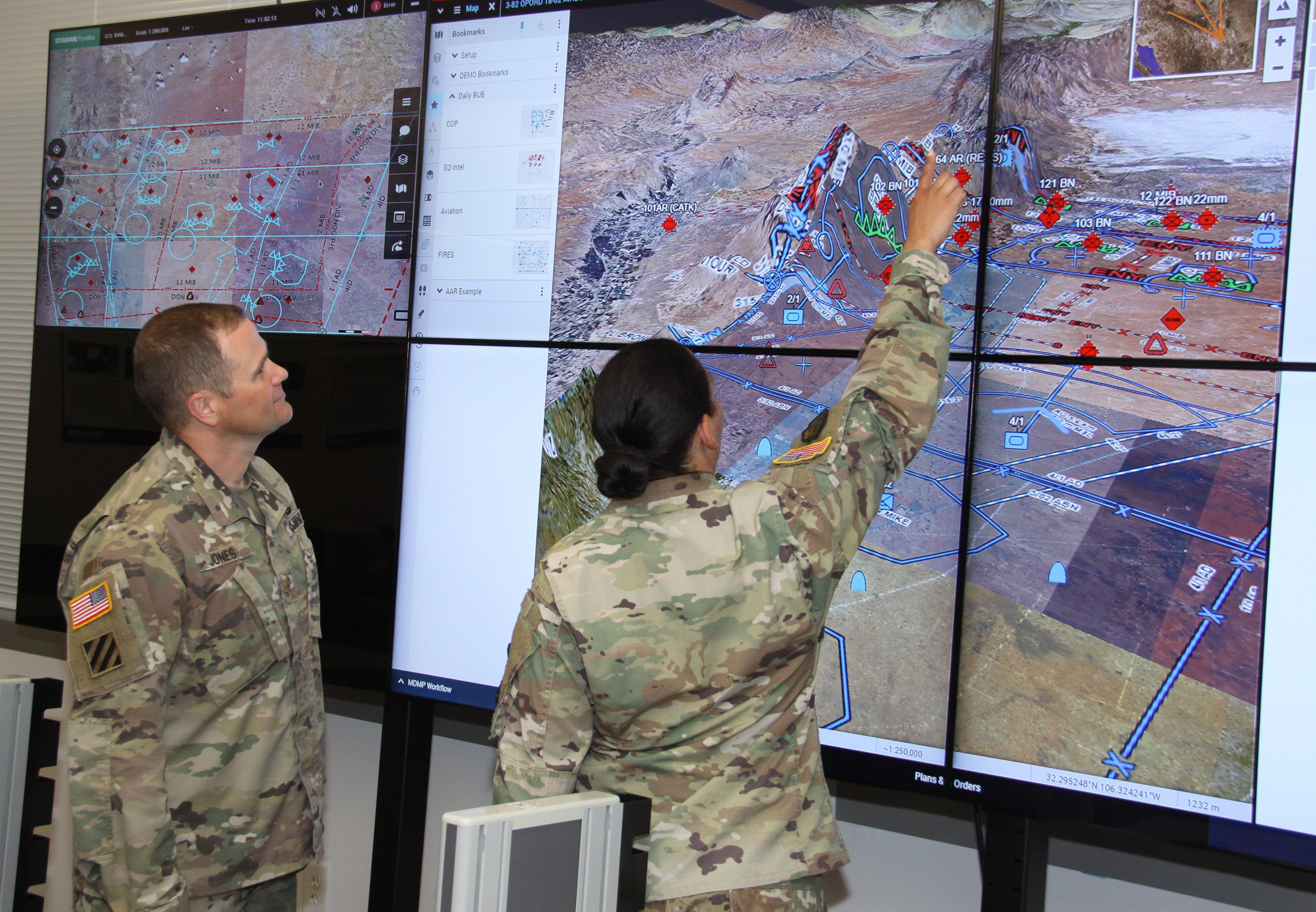WASHINGTON — The U.S. Army will soon receive a new tool that gives commanders a picture of their digital battlespace, following an operational test this summer.
The Army will field the new tool, called Cyber Situational Understanding, to operational units in fiscal 2022 as part of what the service calls Capability Set ‘21, said Lt. Col. Scott Shaffer, product lead for Mission Command Cyber at Program Executive Office Command, Control, Communications-Tactical. Under the Army’s effort to modernize its network, the service adds capabilities every two years that build upon those from prior sets.
Cyber Situational Understanding is a tool specifically designed for ground commanders to better understand the cyber and electromagnetic landscape to make more informed decisions. The tool is not meant to be used for cyberspace operations.
It’s a first-of-its-kind tool that will be built into the Command Post Computing Environment, which will consolidate current mission systems and programs into a single user interface at the command post.
The Army has planned three incremental capability drops for the new technology. The initial capability planned for delivery in 2022 will provide a foundational capability for forces to see their own networks, Shaffer told C4ISRNET.
The next capability drop — Capability Drop 1, which the service hopes to field in 2023 — will add more to the ability of friendly forces to see their networks while beginning to add in some capabilities for seeing an adversary’s posture within the cyber and electromagnetic environment.
Lastly, Capability Drop 2, which is planned for fielding in 2024, will focus on refined analytics, shoring up the friendly and adversarial battlespace while adding in an ability to see and monitor what’s called gray space, or natural cyberspace, Shaffer said. The gray space will include social media feeds and networks.
The Army is working on a new concept and doctrine it calls information advantage, which will help commanders make better informed, faster decisions. The core tenet is the ability of forces to be able to see themselves, the adversary and everything else going on.
“As we talk information advantage, just go back to those three things: See yourself, see the adversary and see all the other relevant things that are occurring,” Lt. Gen. Stephen Fogarty, commander of Army Cyber Command, said during the TechNet Augusta conference in August. “Because if we get focused and stuck on just blue [friendly forces] and red [enemy forces], we’re going to miss everything else that’s happening that may have a tremendous influence and impact on the outcome of our ability to accomplish our mission.”
Fogarty stressed in years past that U.S. forces have suffered because they didn’t have good visuals of themselves in these environments.
One of the key uses for Cyber Situational Understanding is allowing commanders to make informed decisions based on their battlespace. For example, Shaffer described a hypothetical in which, within the interface, a commander can see if a particular system, such as the Advanced Field Artillery Tactical Data System, which coordinates fires, is compromised.
The commander will be able to see where the system is employed in an upcoming mission and make an informed risk decision. Should troops still use the system if it’s compromised, do they turn it off and use a backup system, or do they forego this fire mission and turn to a different capability?
Cyber Situational Understanding will also be the first tool directly built into the Command Post Computing Environment.
In contrast, other programs later integrated to the platform might be unable to share their data as seamlessly, Shaffer said.
Mark Pomerleau is a reporter for C4ISRNET, covering information warfare and cyberspace.








